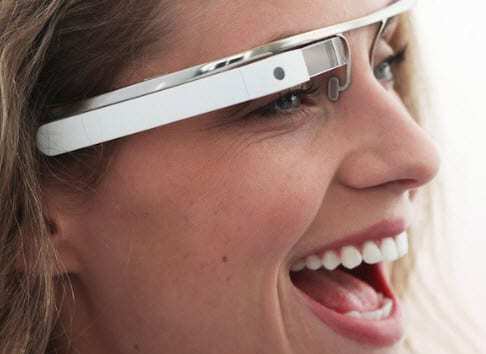 A new technology development out of Japan helps to allow physical interaction with a computerized character.
A new technology development out of Japan helps to allow physical interaction with a computerized character.
A Japanese startup called Different Dimension Inc. has lived up to its name through the development of a unique new augmented reality product that can change the way that we interact with virtual characters.
This robot doll uses the technology to take on the appearance of any digital character.
The latest announcement from Different Dimension is that it will soon begin marketing this augmented reality doll, which is unlike anything else currently being sold. The way that it works – on its very basic level – is that a image that has been computer generated is projected onto a green screen material covered robot in real time.
The augmented reality version of the character can be seen through a head mounted display (HMD) unit.
This new product is a type of spinoff of a different research project from the Yokohama National University in conjunction with the Japan Science and Technology Agency, under Michihiko Shoji. That previous project had been taken on in 2006.
This new virtual humanoid combines real and virtual reality for a type of “mixed reality” experience. This is being called an enhanced version of augmented reality, as it adds virtual characteristics to a preexisting physical real world counterpart.
The HMD has a camera mounted on it in order to determine the perspective of the user. This gathers video images from that precise angle and then combines them with computer generated characters that move in exact time with the actual physical robot doll. The user can then not only watch the augmented reality character, but can actually touch it and physically interact with it by way of the robot that is actually there.
The original augmented reality robot prototype is being called the U-Tsu-Shi-O-Mi. It has experienced a number of struggles in order to reach its current level of development. It is life sized and was quite expensive. The thinner versions of the virtual characters revealed some of its green padding around their edges, which took away from the overall experience. Moreover, at one point, it was able to play back only prerecorded voices, so it was not actually capable of carrying on a conversation with the user.
The most recent version of the augmented reality robot is 60 percent smaller and includes only the top half of the humanoid’s body. It’s profile is slimmer, so it works with a broader range of character body types. Even its texture is improved, so it feels better to the touch.
